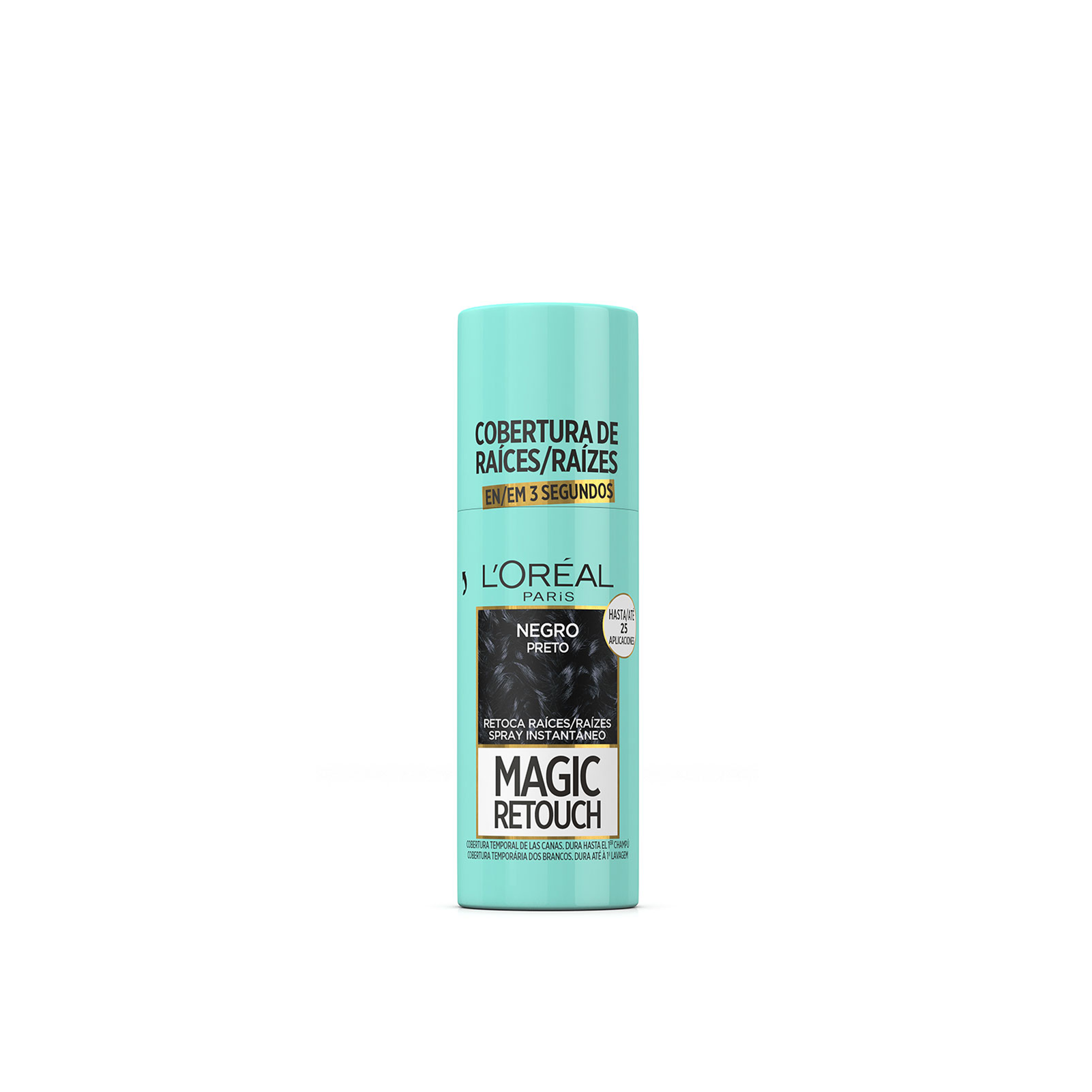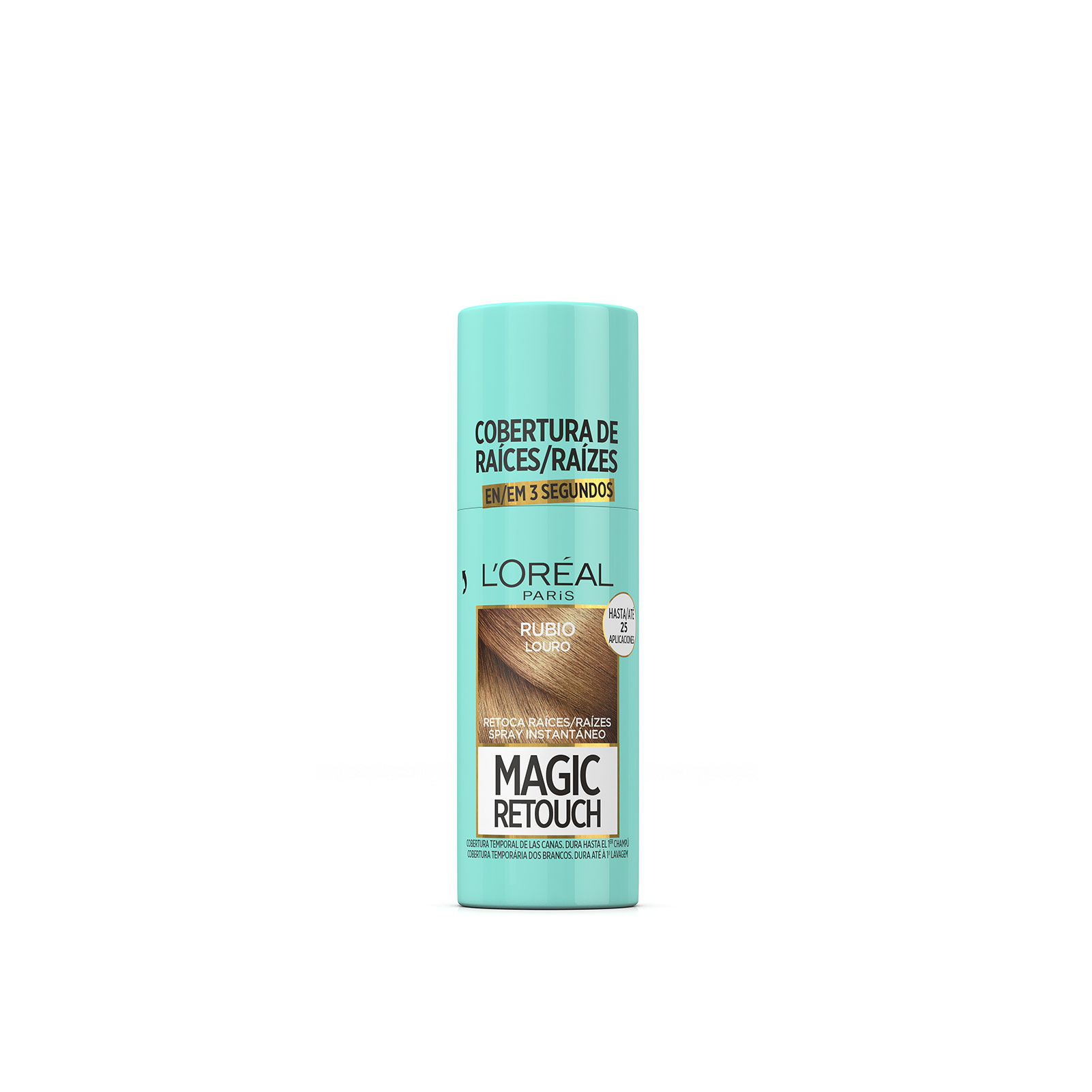
If you have ever scrolled through our hair color selection, you know there are a lot of options when it comes to coloring the hair. The first and arguably most important step is choosing between the different types of hair dye. Between permanent, semi-permanent, and temporary hair dyes, the choice is far from obvious or simple.
To help you make an informed decision we have put together a simple yet complete guide that will teach you everything you need to know before switching up your hair color.
But first, some hair color terms you need to know
You have probably heard a few seemingly meaningless words being thrown around regarding hair color. So before we start on the actual hair dyes, let’s learn what the most common words mean.
- Cuticle: the outer layer of the hair made of millions of microscopic scales on top of each other. The hair cuticle may be opened during hair coloring;
- Developer: also called oxidant, is responsible for opening the hair cuticle to facilitate color deposit. Developers have different strengths, called volumes, that determine how much color is lifted from the hair;
- Level: hair color translated to a number between 1 and 10 where 1 is the darkest and 10 is the lightest;
- Lift: is the process of lightening the hair. Different formulas, with different developers, have different lifting abilities or none at all.
Now that we got these confusing words sorted, let’s move on to the different types of hair dye. We’re going to be discussing permanent, semi-permanent, and temporary hair dyes.
Permanent Hair Dye
The name is pretty self-explanatory: permanent hair dyes permanently change the hair.
They work by penetrating deeply into the hair to deposit the new pigments. This entails a complex chemical process—usually between the hydrogen peroxide on the developer and the alkali agent on the hair dye – and the results last for a long time, sometimes months. Moreover, due to the oxidation caused by the chemical process, even if the color fades, the hair will have a different appearance from what it had before. It might appear slightly lighter and even show orange or yellow undertones. This new appearance is gradual and mostly only noticeable when in comparison with the regrowth at the roots.
That being said, it is important to note that while you can use permanent hair dyes to both darken or lighten natural hair, there are limits. If you have light hair, depending on your natural color, you might need to dye the hair with gradually darker colors to achieve the desired result. Conversely, if you have dark hair, it is possible to lighten the hair with simple permanent hair dyes, but never more than one level or two. Essentially, this means you can’t go from blonde to black, nor from black to blonde, in one sitting.
Pros and cons of permanent hair dye
- Pros: very effective at covering gray or white hair, can be used to lighten, darken or tone the hair, perfect to truly change your hair color;
- Cons: requires commitment, color fading can be quite noticeable as the hair grows, damages the hair over time.
Semi-Permanent Hair Dye
If we had to summarize this hair dye in one sentence it would be: semi-permanent hair dyes are effective but won’t last as long as permanent hair dyes.
Generally speaking, the color will fade within 8 to 28 washes. Its longevity depends on a few factors, the most important being the actual formula of the hair dye.
Semi-permanent hair dyes may or may not require a developer. The formulas without a developer are the ones that will last the least. These will simply coat the hair with color and never actually deposit pigment inside the hair.
Contrarily, the formulas that do need to be mixed with a developer allow the pigments to penetrate the hair shaft. These work similarly to permanent hair dyes, except the developer is not as strong. It is also important to mention that given the lower strength of the developer, the base hair color is not lifted. Therefore, semi-permanent hair dyes can’t be used to lighten the hair color, only to keep it at the same level or darken it.
Pros and cons of semi-permanent hair dye
- Pros: doesn’t require commitment, the hair color fades gradually to the base hair color, some formulas are very effective at covering gray or white hair, the formulas without a developer don’t damage the hair;
- Cons: doesn’t last very long, can’t be used to lighten the hair, requires frequent maintenance if you want to keep the color for a long time.
Temporary Hair Dye
Finally, if you are looking for some trendy blue or pink hair, temporary hair dye is the one to look for. Also known as wash-out color, temporary hair dyes only coat the hair surface. Therefore, this is the color option that lasts the least and is perfect for anyone who doesn’t like the commitment necessary with permanent or semi-permanent hair color. It is also perfect for those who like to switch up their hair color frequently.
Temporary hair dyes come in all shapes and sizes. From sprays to shampoos, these dyes are the easiest and safest to apply and pretty much foolproof. Surprisingly, they also answer multiple concerns. On one hand, they are the only way to dye the hair in bold colors (although, you need to keep in mind most of these colors only work in blonde hair). On the other hand, some options available are perfect to touch up areas of the hair. Whether you want to disguise some white hairs or match your regrowth at the roots to your hair color, there is a temporary hair color solution for you.
Pros and cons of temporary hair dye
- Pros: easy to apply, the color fades completely, available in different formulas that suit everyone’s preferences, some formulas have conditioning ingredients that help to improve the hair condition while coloring;
- Cons: fades quickly, some colors (e.g. blue) might not look good as they fade, might leave some stains if the hair is too dry and porous, bold colors only work in blonde hair, which may require bleaching.
Now that we went through the different types of hair dye available, it will surely be easier to decide on the perfect hair dye solution for you. The next step is choosing the actual color! If you still have any questions, don’t hesitate to drop us a message!


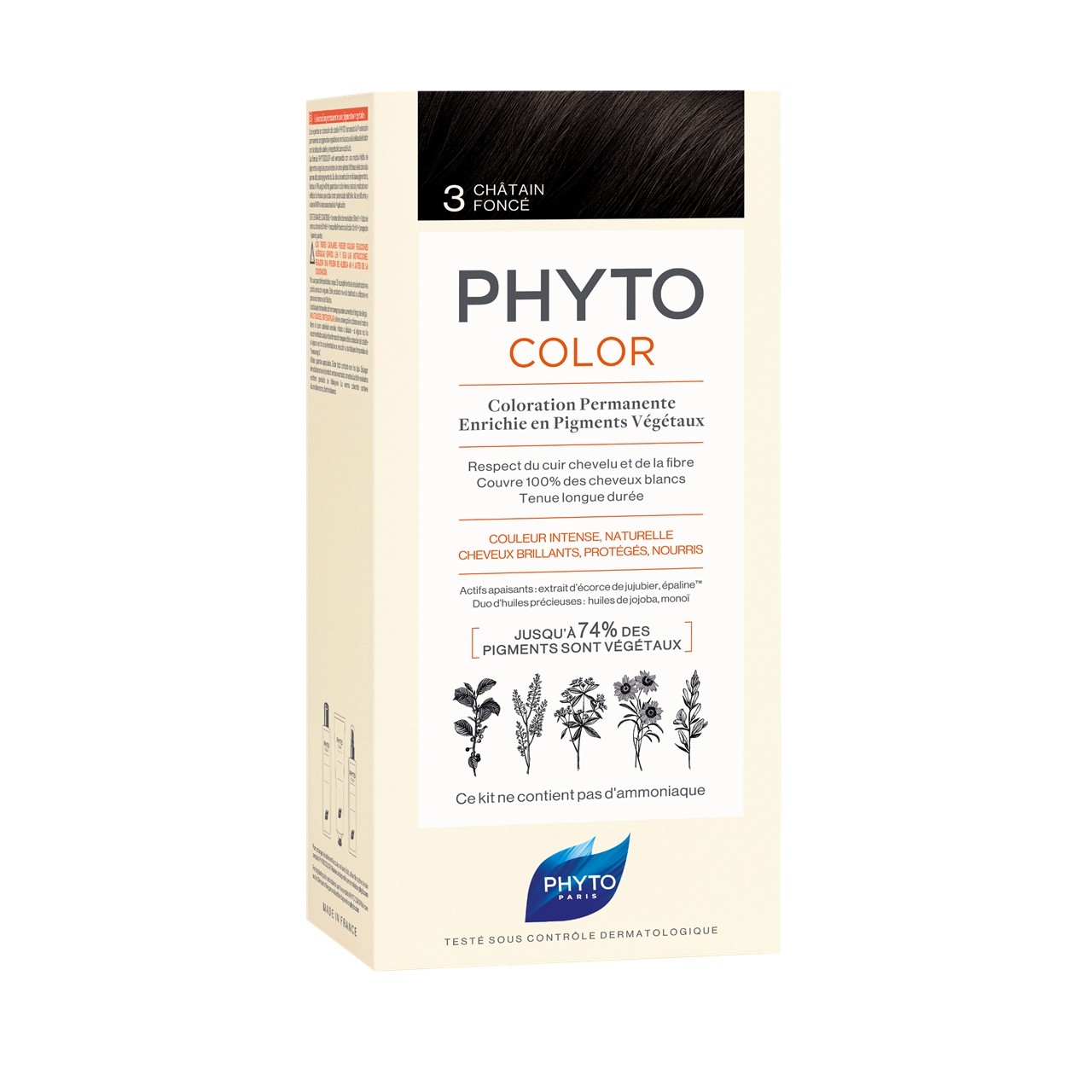
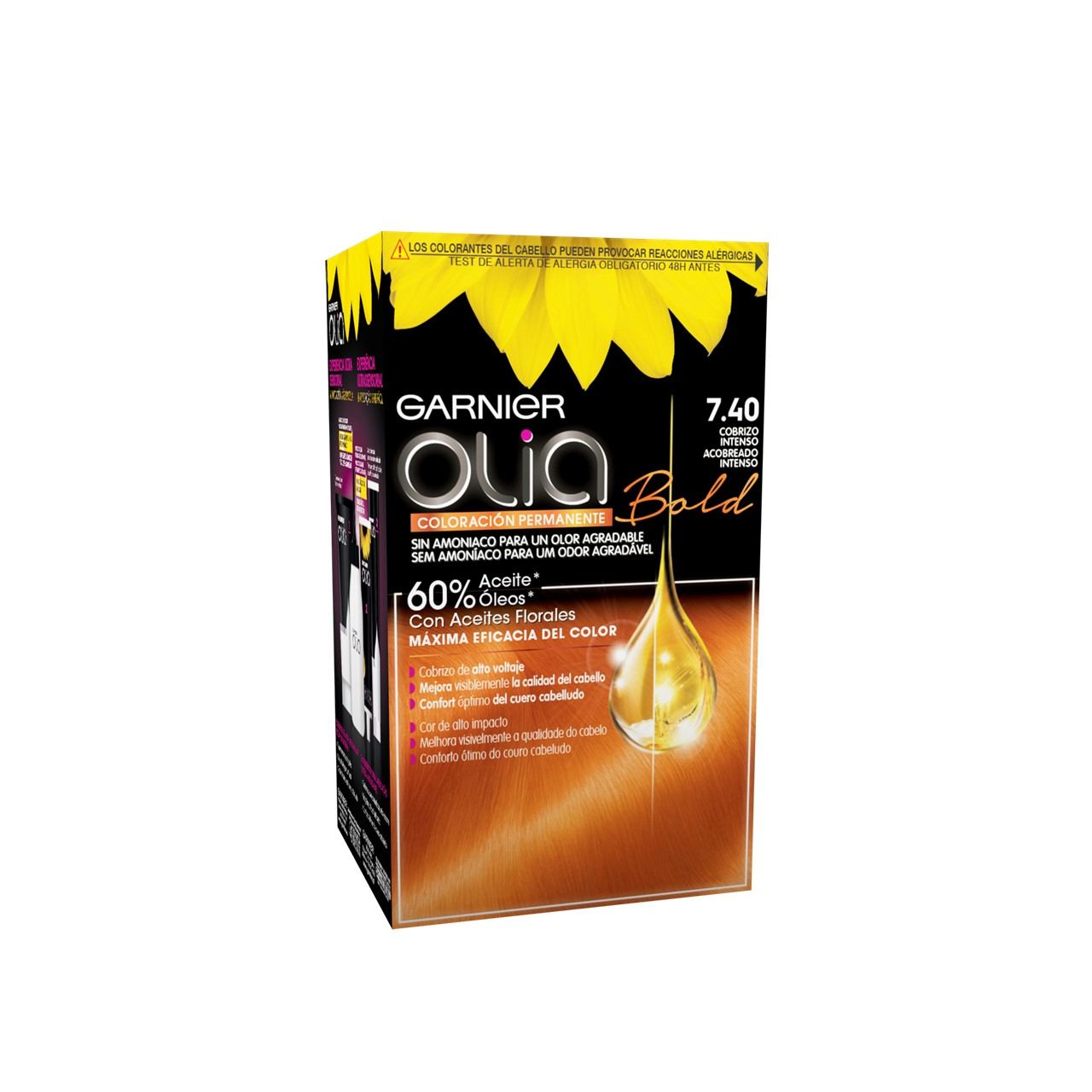
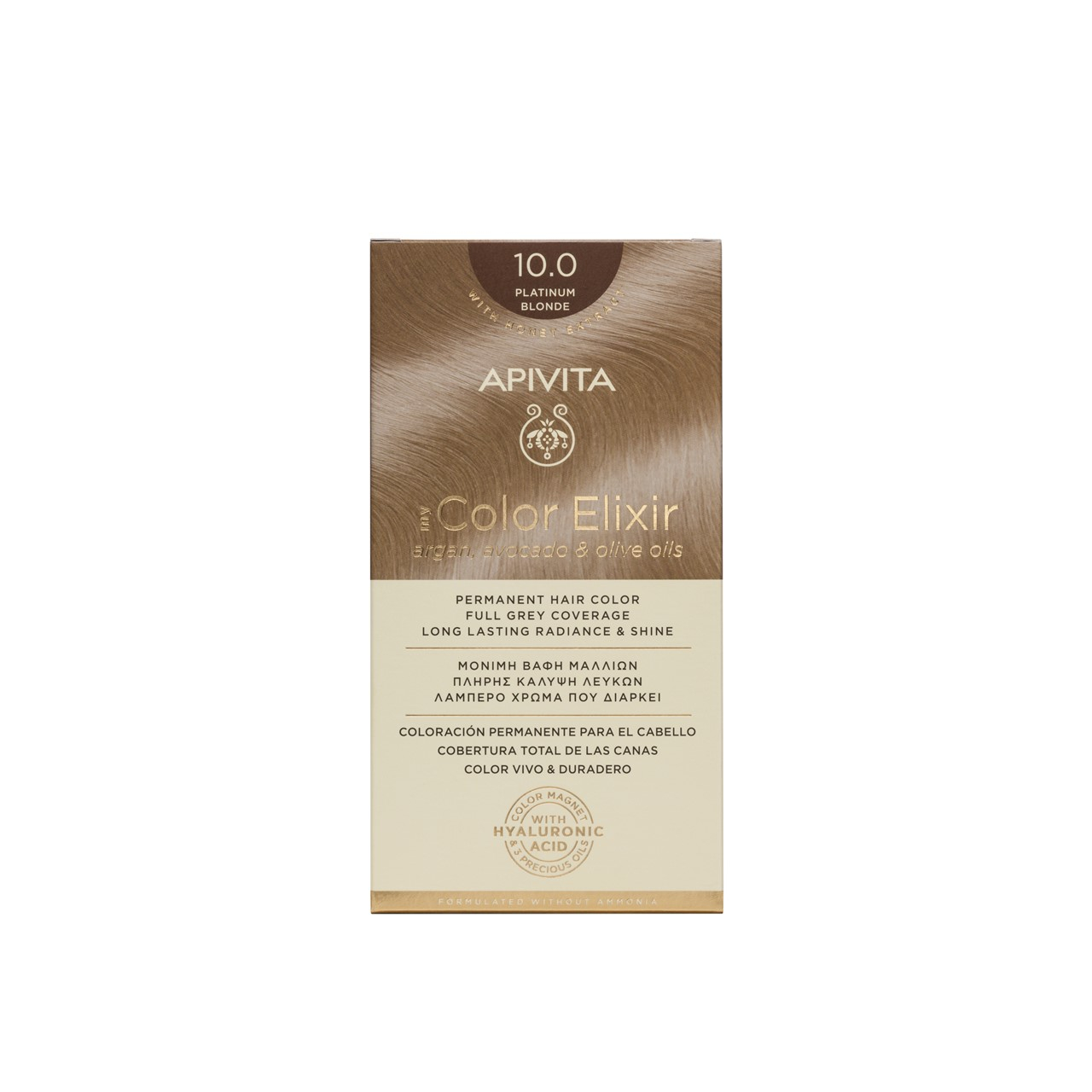
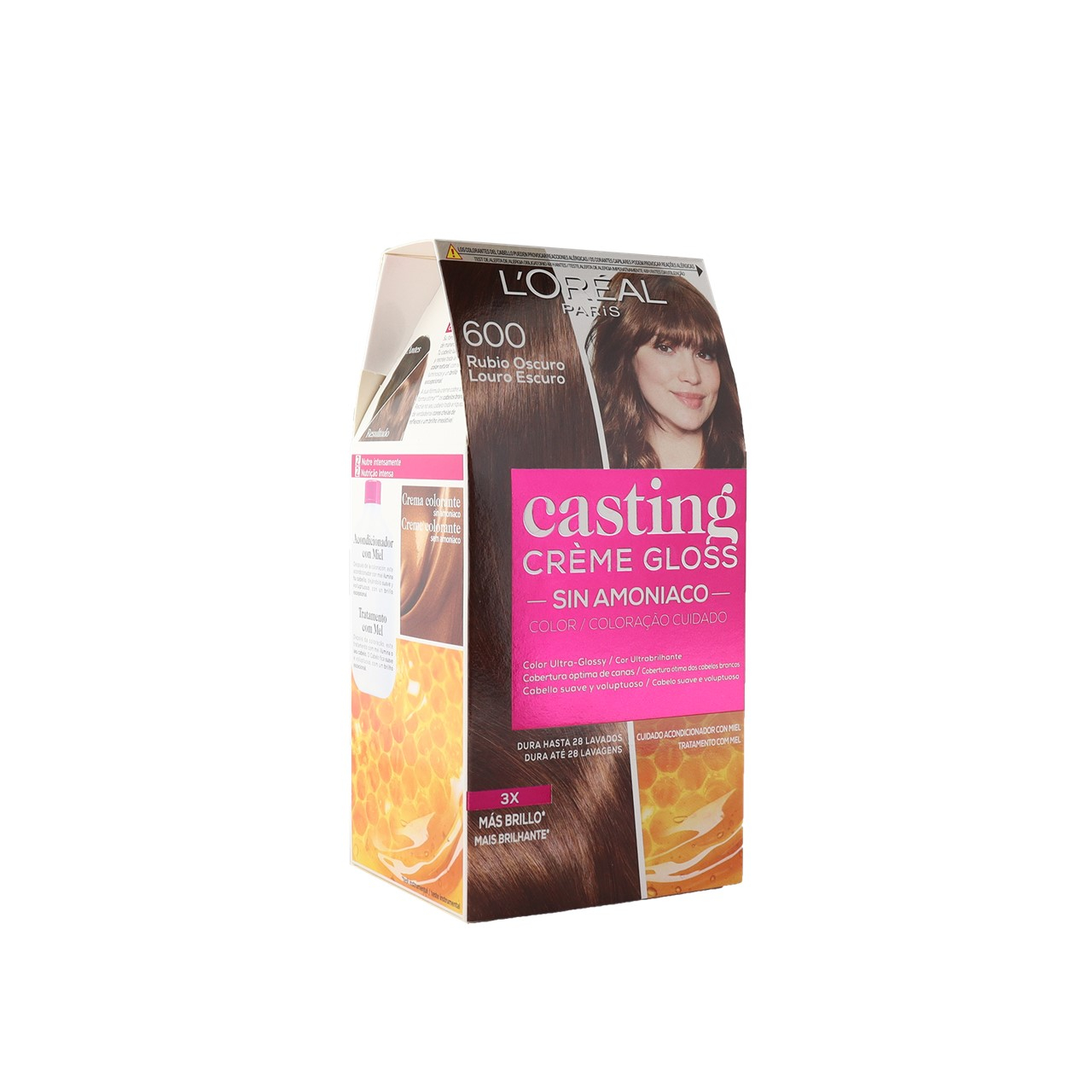 L’Oréal Paris Casting Creme Gloss 600 Semi-Permanent Hair Dye
L’Oréal Paris Casting Creme Gloss 600 Semi-Permanent Hair Dye
